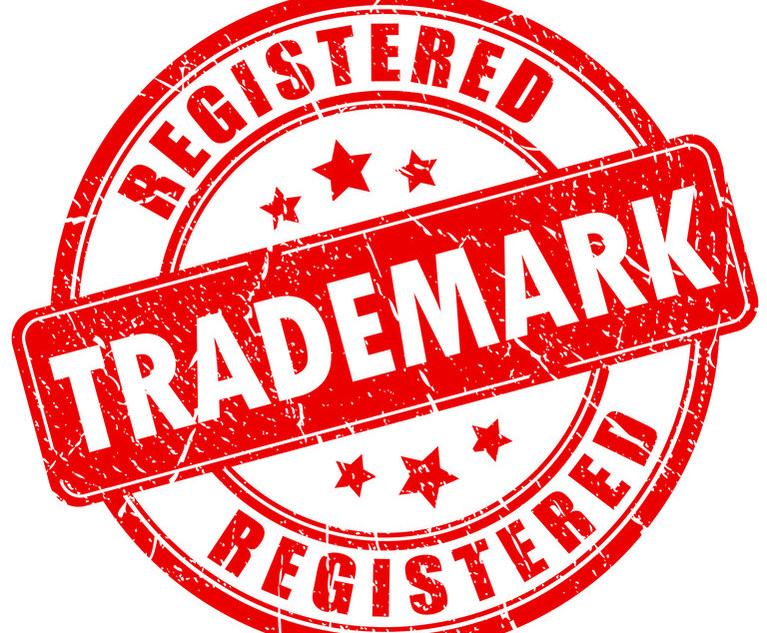Law.com Subscribers SAVE 30%
Call 855-808-4530 or email [email protected] to receive your discount on a new subscription.
Successful and Enforceable Brands Connect with the Consumer: Lessons from a Recent 10th Circuit Decision
 Credit: Arcady/Adobe Stock
Credit: Arcady/Adobe Stock
Engaging logos, icons, or symbols for your company are essential, and easier to create than ever. Myriad AI tools and freelance options empower rapid creation of stylish and cool logos in what feels like a heartbeat, and at a fraction of the price. But the days of slapping your fresh brand or a refreshed mark on a package are in the past. A recent 10th Circuit decision reminds companies and brand managers that successful branding requires intentional connections between a selected mark and the company’s offering. Put differently, protectable rights are created the same way a successful brand is established — linking your Mark and your company’s offering in the minds of the consumer is a must. The good news? Regardless of your company’s size or marketing budget, this necessary connection can be achieved.
This premium content is locked for The Intellectual Property Strategist subscribers only
ENJOY UNLIMITED ACCESS TO THE SINGLE SOURCE OF OBJECTIVE LEGAL ANALYSIS, PRACTICAL INSIGHTS, AND NEWS IN ENTERTAINMENT LAW.
- Stay current on the latest information, rulings, regulations, and trends
- Includes practical, must-have information on copyrights, royalties, AI, and more
- Tap into expert guidance from top entertainment lawyers and experts
Already a have an account? Sign In Now Log In Now
For enterprise-wide or corporate acess, please contact Customer Service at [email protected] or 877-256-2473

The DOJ's Corporate Enforcement Policy: One Year Later
The DOJ's Criminal Division issued three declinations since the issuance of the revised CEP a year ago. Review of these cases gives insight into DOJ's implementation of the new policy in practice.

The DOJ's New Parameters for Evaluating Corporate Compliance Programs
The parameters set forth in the DOJ's memorandum have implications not only for the government's evaluation of compliance programs in the context of criminal charging decisions, but also for how defense counsel structure their conference-room advocacy seeking declinations or lesser sanctions in both criminal and civil investigations.

Use of Deferred Prosecution Agreements In White Collar Investigations
This article discusses the practical and policy reasons for the use of DPAs and NPAs in white-collar criminal investigations, and considers the NDAA's new reporting provision and its relationship with other efforts to enhance transparency in DOJ decision-making.

A Lawyer's System for Active Reading
Active reading comprises many daily tasks lawyers engage in, including highlighting, annotating, note taking, comparing and searching texts. It demands more than flipping or turning pages.

Bankruptcy Sales: Finding a Diamond In the Rough
There is no efficient market for the sale of bankruptcy assets. Inefficient markets yield a transactional drag, potentially dampening the ability of debtors and trustees to maximize value for creditors. This article identifies ways in which investors may more easily discover bankruptcy asset sales.

